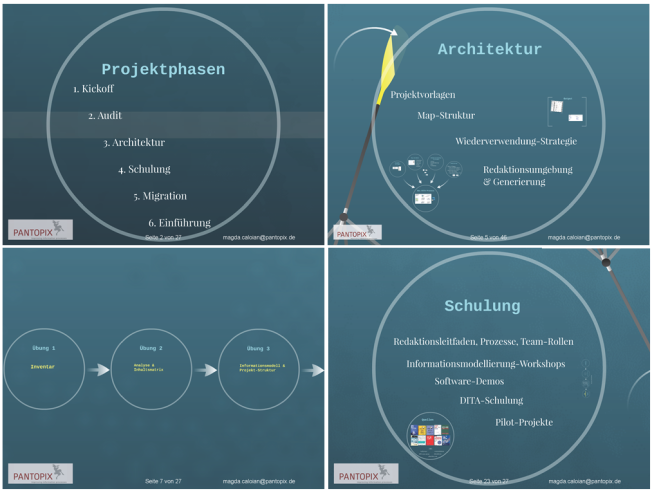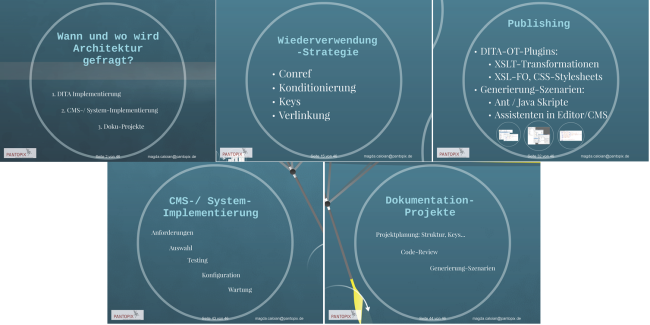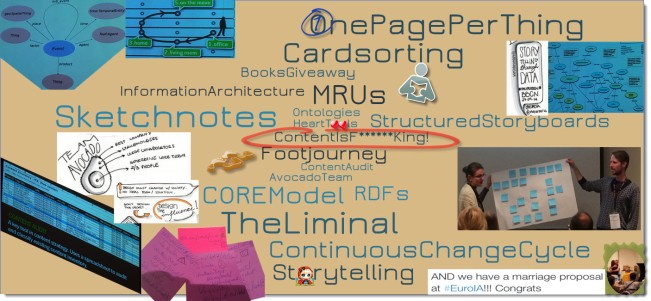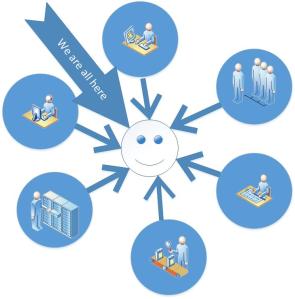 The three days at Information Energy 2015 in Utrecht have passed too quickly. Everyone seemed to feel at home, the sessions were interactive and fun, speakers and attendants eager to share information and show how they create and publish content in most diverse forms and channels… that’s what makes an infomedian. To round up the experience, apart from teaching a master class and giving a presentation, I had the honor of giving a short interview and being part of the jury in one of the workshops.
The three days at Information Energy 2015 in Utrecht have passed too quickly. Everyone seemed to feel at home, the sessions were interactive and fun, speakers and attendants eager to share information and show how they create and publish content in most diverse forms and channels… that’s what makes an infomedian. To round up the experience, apart from teaching a master class and giving a presentation, I had the honor of giving a short interview and being part of the jury in one of the workshops.
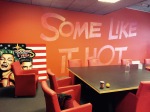
The venue also gave it special “energy” – first, Master Classes and presentations at Uni Utrecht, a historical site with classical and retro chambers where the eyes of scientists, professors and artists watched us from old paintings or billboards, followed by workshops at Seats2Meet, a very interesting concept with themed lounges in vintage look.
After the full-day Master Class on the pre-conference day, I also gave a short presentation the next day about DITA Linking Best Practice. We have seen examples and done exercises in the workshop. We have also talked about structured, topic-oriented writing and about DITA architecture: map structure, reuse strategy, authoring environment and publishing pipelines. The presentation afterwards was just the shorthand version of the workshop, but it served to start further discussions. Thank you all for attending! It was great meeting everyone in Utrecht.
Enjoy the prezi and let me know your thoughts:
For the advanced use of keys on topic references, don’t miss the contributions of Gnostyx and Eliot Kimber to the dita-community repository: dita-demo-content-collection
So how are you managing your content linking?
Related posts 😉


